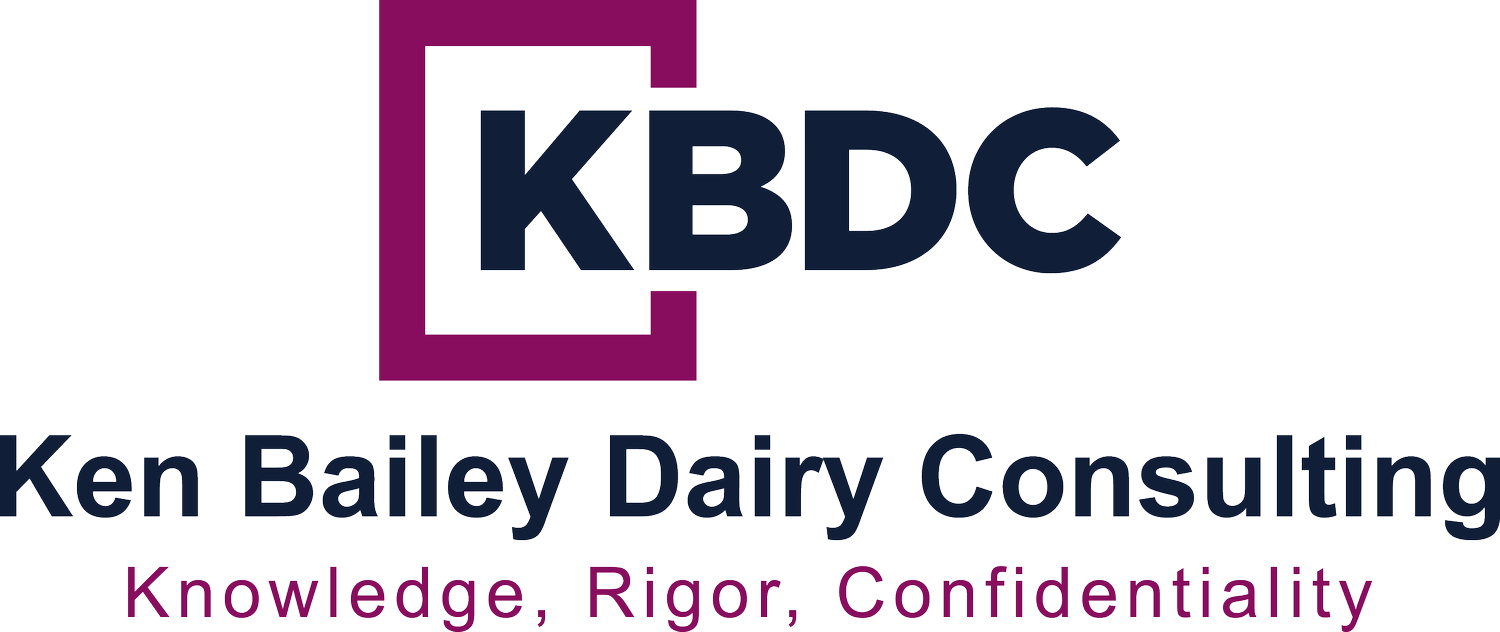risk management principles should be incorporated throughout the oranization - week 8
October 31, 2022
In prior weeks I stressed the importance of setting clear goals for risk management for any company starting out. Hedging should involve lining up risk with a physical asset and offsetting with a derivative. Any “naked” trades, avoiding derivatives, or “lifting” derivatives prior to expiration would result in more risk, not less. Efforts to guess the market will be akin to gambling.
This week I discuss the importance of adopting risk management principles throughout the organization, including sales, planning, production, accounting and finance, treasury, and of course executive oversight. The worst idea would be to hire a risk manager, put them to work, and only overview results when the financials come out each month. Inevitably the market will turn, derivatives will take on losses, and senior management and finance/treasury will be in a state of shock. When it comes to risk management, everyone needs to 1) read and understand the risk policy documentation, 2) understand the tools being used and impact of daily mark-to-market and margin calls, 3) impact of derivatives vs. fixed price sales on the monthly P&L, 4) economics of the hedge, and 5) benefits at settlement (assuming an effective hedge).
Let’s provide a simple example. Your sales team wants to provide a butter customer with a fixed price sale in Q4 for salted retail private label butter. Risk management will provide the quote. The butter is to be manufactured in September and delivered in October, November, and December. The sales team needs to understand the details of the quote, and ensure there is an adequate margin, assuming an effective hedge. Once accepted, Risk management will book a fixed price sale on the position report, and will offset with a long futures position with September butter futures contracts in order to lock in the milk component costs of manufacturing retail butter. Planning will need to book and oversee the production dates for the private label butter. The butter plant manager will be informed that they must manufacture the butter in September, not end of August or beginning of October. Using those dates would result in an ineffective hedge this the component costs (butterfat) will be different. Treasury will need to be informed in the event there is a margin call on the transaction. Senior management will need to see these transactions on the company’s position report. Accounting will need to be trained and up to speed in tracking all these transactions through customer delivery and contract expiration. My point is, senior management must develop a structure where everyone is coordinated and working together on risk management activities.
The fact is, by accepting risk management activities, a company must incorporate these activities throughout the corporate structure. Everyone needs to understand the goals and how to effectively implement all transactions. A “put it on and forget it” approach will not work as it will likely result in ineffective hedging results where per unit margins will be different than what was planned. Also, corporate management will more likely be caught off guard and surprised. So the best way to approach risk management is for everyone to be on board, educated, and willing to make the transaction a success.
